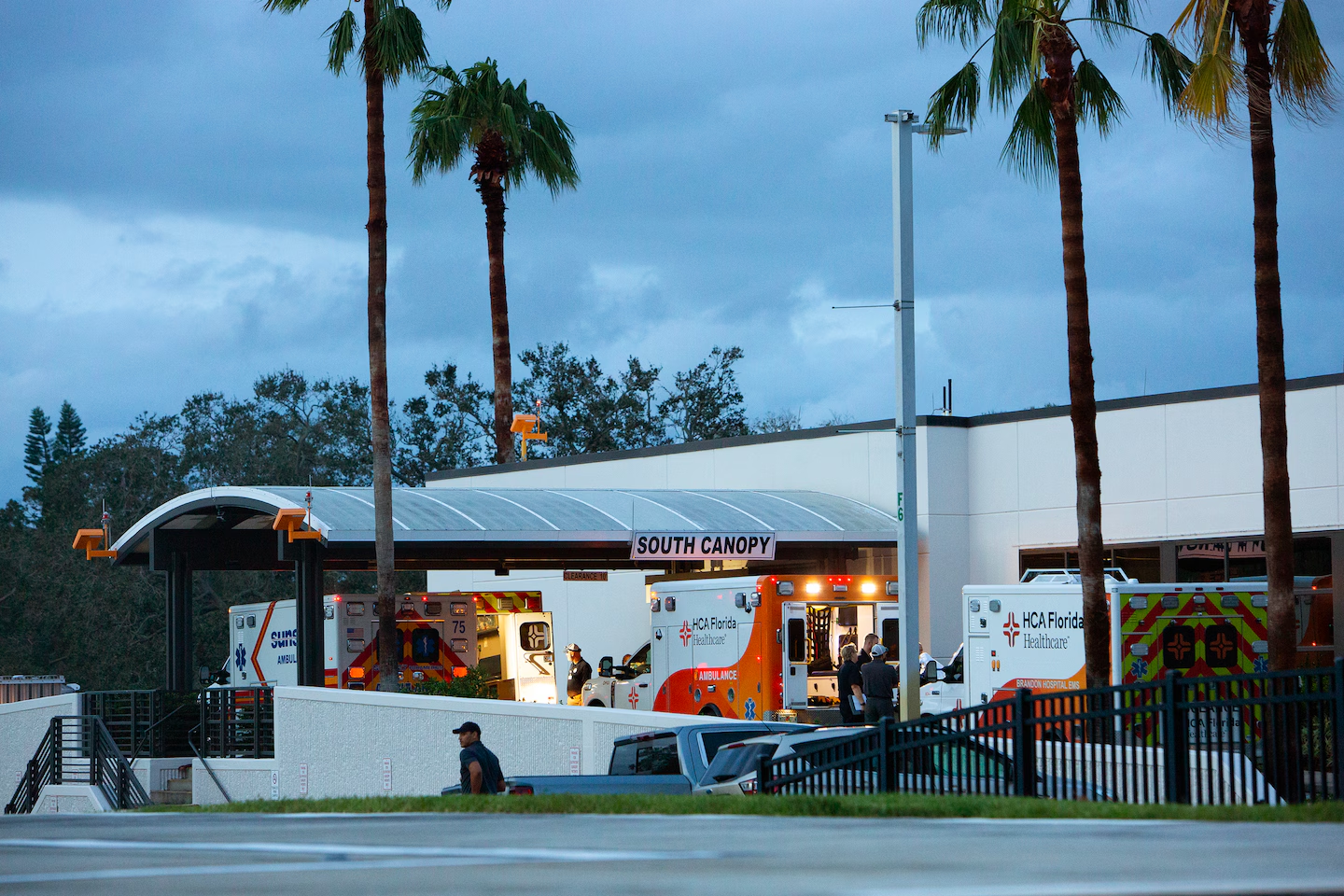The study used data on health care facility locations, disaster losses and a variety of demographic factors, measuring the number of pharmacies, hospital-based inpatient care and ambulatory care in 3,108 U.S. counties between 2000 and 2014.
Counties that experienced severe climate-related disasters experienced significant decreases in hospital and outpatient care infrastructure, the researchers say.
In contrast, moderate disasters were associated with increased access to in health care, suggesting that “disasters can, in some cases, lead to (possibly unequal) redevelopment.”
“More affluent communities often have better connections, such as political influence, that help them maintain these important health institutions following a period of crisis,” Yvonne Michael, a professor of epidemiology at Drexel University’s Dornsife School of Public Health and the study’s senior author, said in a news release.
“These collaborations after a natural disaster are especially critical in low-income communities that often otherwise lack the resources to rebuild shuttered health institutions,” Michael added.
Pharmacies, however, weren’t associated with moderate or severe disasters — potentially because there are already “pharmacy deserts” in many areas nationwide.
Online pharmacies may be filling the gap, the researchers write, making communities ever more reliant on delivery infrastructure to access their medications.
In the future, the researchers write, studies should focus on what drives these trends and how urgent care centers, long-term care facilities or other health care centers experience natural disasters.



